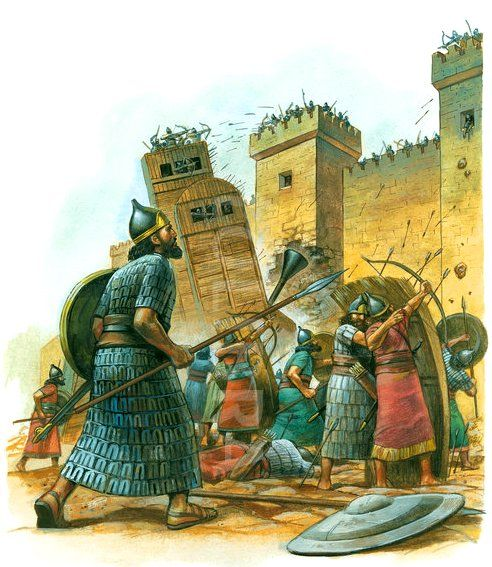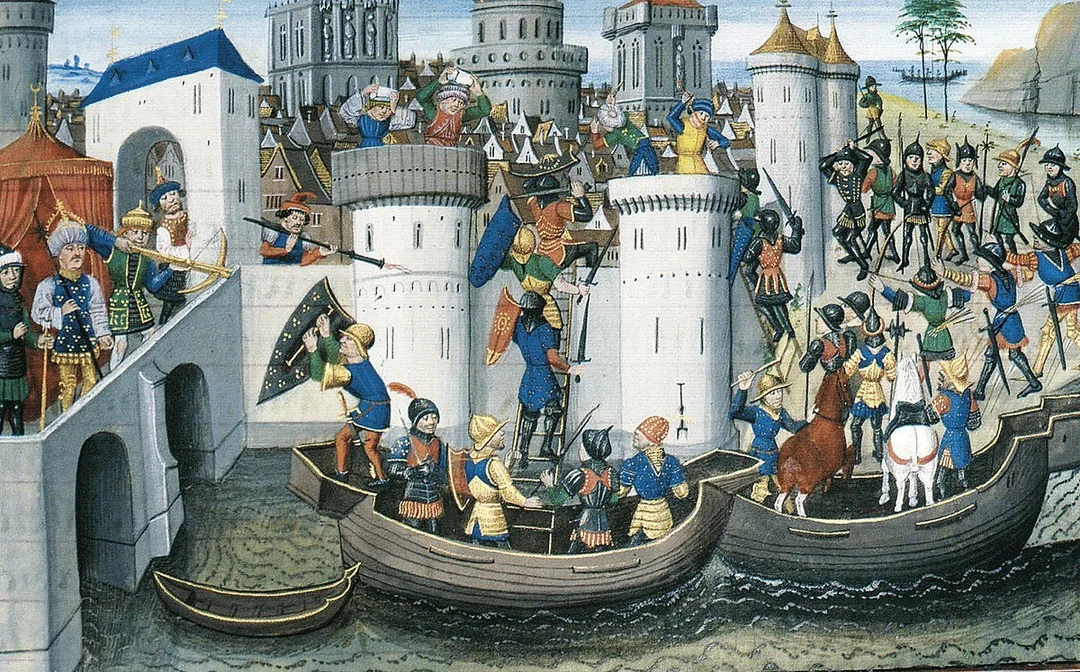reviving fallen empires
1/19
Earn XP
Description and Tags
What were they trying to copy/continue? How close were they to succeeding? Did any last longer than the originals?
Name | Mastery | Learn | Test | Matching | Spaced |
|---|
No study sessions yet.
20 Terms
Neo-Assyrian Empire goal
expand on early Assyrian dominance
efficient government
project power and fear to keep order
Neo-Assyrian Empire success
surpassed og. empire
most powerful empire
military tactics to influence later empires
very brutal (lead to downfall)
Song dynasty goal
tang dynasty’s prosperity (‘golden age’: $$, territory, culture)
centralize power (over vast chinese empire)
social harmony: moral conduct
economic developement
Song dynasty success?
30 years longer than Tang
economy: agriculture, tech, trade
art, literature, philosophy
fell to the mongols
byzantine empire goal
Direct continuation of east Roman Empire (west fell)
legal traditions
culture, art heritage
control mediteranean
byzantine empire success?
600 years longer than western
preserved law culture
power
enemies & internal instability lead to downfall
Carolingian Empire goal
Primarily ruled by charlemagne (king of franks), crowned ‘Holy Roman Emporer’ by Pope
bring back roman culture
use roman imperial titles
Carolingian Empire success?
short lived, united large portion of western europe
powerful empire
cultural revival “Carolingian renaissance”
shortly after Charlemagnes death, collapse
neo-assyrian empire
(mesopotamia, 911~609BCE)

song dynasty
(china, 960~1279 CE)

byzantine empire
(constantinople, 330~1453 CE)

carolingian empire
(750~887 CE)

Ottonian dynastly
(962~1024) germany, italy
ottonian dynasty goal
Otto 1 saw himself as Charlemagne’s predessesor
to revive carolingian empire; & by extention, roman empire
close to papacy (pope)
control italian territory
ottonian dynasty success?
longer than carolingian, shorter than roman
stable political structure: imperial church system (that generally lasted centuries)
german kingdoms & expanded → italy
meiji restoration goal
‘strengthen’ Japan to avoid being colonised (revitalize)
“modernise” with western systems
industrial, military, political
centralised, powerful nation-state
meiji restoration success?
didn’t get colonised; but imperial ambitions lead to war
rapid industrialisation, modern government, powerful military
more power in international affairs
meiji restoration
(1868-1889 japan)
neo sovietism used to
promote russian patriotism; refering to the “days of power”
neo-sovietism: 2008 LA times
stated that…
Russia resembles Soviet Union
a land where “fear of state … prevails”
with laws that
limit free expression
promote propaganda